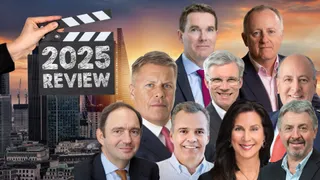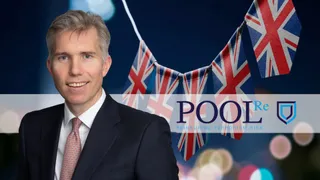Articles
Refine Search
Insurance
From London to Bermuda, the market watched exits jolt the industry, teams reshuffle and others fall into place with far less fanfare. 24 December 2025
Reinsurance
Pool Re’s chief executive spoke to Intelligent Insurer about why SME terrorism cover has stalled and why insurers now hold the key. The scheme’s 2026 agenda puts the spotlight firmly on how the market structures cover for small businesses. 23 December 2025
Risk Management
Cyber ransoms, AI and mandatory personal insurance likely to see change. 23 December 2025
Reinsurance
What this year has revealed about capital, credibility and the realities of the current cycle. 23 December 2025
Insurance
Brokerage complaints spin tawdry tales to frame defections as low-rent theft & espionage. 22 December 2025
Insurance
Stable coverage keeps insureds with incumbents, ‘limiting new business opportunities’. 19 December 2025
Reinsurance
Second cat bond is largest to date for US P&C carrier. 19 December 2025
Reinsurance
Latest bill calling for federal reinsurance more likely to find favour. 19 December 2025
Alternative Risk Transfer
Will offer solutions for single-parent captives across North America, internationally. 19 December 2025
Insurance
If profits slip too far, insurers may cut coverage, hike premiums, squeezing affordability. 19 December 2025
Not finding what you're looking for, please try resetting your applied search and filters,
or try the full site search.



